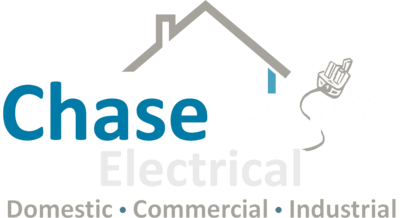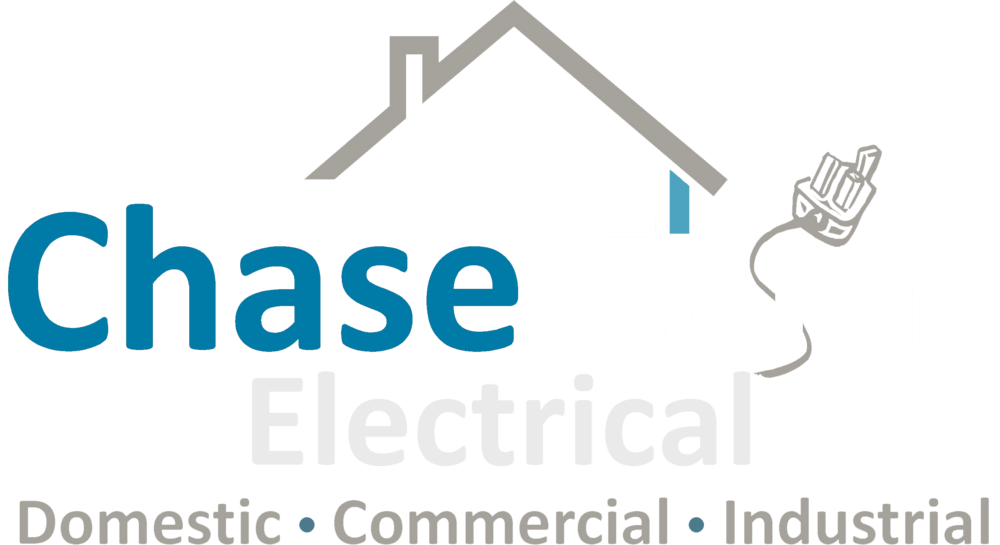
posted 17th July 2025

Renting property in Southampton?
Whether you manage student lets in the city centre, family homes in Bishops waltham or industrial units in Botley; electrical safety compliance isn’t optional.
A current Electrical Installation Condition Report (EICR) helps protect tenants, reduce risk, and keep you on the right side of legal obligations.
NICEIC Certification
Work with qualified electricians who adhere to the latest standards.
Transparent Pricing
Clear, upfront costs with no hidden fees.
Customer Satisfaction
Our NIC EIC Platinum Promise ensures peace of mind with every project.
Proven Expertise
Trusted by Hampshire homeowners for over 15 years.
What Is an EICR?
An Electrical Installation Condition Report (EICR) is a structured inspection and test of a property’s fixed electrical installation — consumer unit, circuits, earthing, wiring condition, accessories (sockets, switches, lighting points) and protective devices. The outcome is a written report that:
- Identifies safety issues or damage.
- Highlights wear, ageing, or DIY alterations that could become hazardous.
- Flags non-compliance with current electrical safety standards.
- Recommends remedial actions, prioritised by severity.
You’ll receive a formal document you can keep on file, share with letting agents, or present to insurers and licensing bodies.
Fast action: Book an EICR inspection if your current report is expiring, missing, or was marked unsatisfactory.
Who Needs an EICR in Southampton?
If you rent out any property in Southampton — student HMO near the university, flat in the city centre, family home in SO16, or mixed commercial / resi — you should have documented evidence that the electrical installation has been inspected and deemed safe.
You’ll especially want an up‑to‑date EICR if you are:
- Landlord or letting agent managing private rented housing.
- HMO operator (student or multi-occupancy).
- Portfolio landlord with multiple SO postcode properties.
- Short‑let / serviced accommodation owner where frequent turnover increases wear.
- Block / estate manager coordinating compliance across multiple units.
Quick action: Group EICR quotes for multiple properties →
Landlord Compliance Snapshot
⚠️ Electrical safety in privately rented homes in England is subject to current legislation. Intervals, reporting format, and remedial timeframes can change. Always check the latest official guidance (GOV.UK) or ask us — we keep up so you don’t have to.
At a glance:
- Landlords must be able to demonstrate the electrical installation is safe at legally required intervals.
- A written report (EICR) records the inspection findings.
- Remedial works may be required if defects are found.
- Agents, insurers, and licensing schemes may ask to see valid documentation.
- Document retention is important for renewals and dispute protection.
Want us to confirm your current compliance status? Send us your last report →
How Often Should Properties Be Inspected?
Electrical installations degrade over time. Usage intensity, property age, moisture (coastal / marine influence around Southampton), and DIY additions all increase risk.
Best practice: Arrange periodic inspection in line with current regulations for rented property in England (intervals depend on property type & law). If you’re unsure when yours is due, send us the date on your last report and we’ll advise.
- New tenancy coming up? Check your EICR validity before re‑letting.
- Bought a rental without documentation? Get one done early.
- Converting to HMO? Schedule an updated inspection.
Unsure when you’re due? Ask us to check your records.
What Happens During an EICR Visit
A qualified electrician (NICEIC Approved Contractor) will carry out a combination of visual and instrument testing. Here’s what to expect:
Access & Setup
We confirm access to the property, consumer unit, meter location, and key rooms.
Visual Inspection
Signs of damage, overheating, broken accessories, poor DIY work, missing covers.
Dead Testing
(circuit integrity when safely isolated)Continuity, insulation resistance, polarity checks.
Live Testing
(where safe)Earth fault loop impedance, RCD trip performance, protective device operation.
Earthing & Bonding
Critical for safety — especially in older installs and properties near marine/corrosive environments.
Circuit Identification & Labelling
We note mislabelling or uncertainty in older consumer units.
Documentation
You receive a written EICR report with observations coded by severity.
Tip: Tenants don’t always need to be present if keys are arranged — confirm access with your agent.
Understanding Your EICR Results
Your report lists observations with safety codes:
C1 means danger present and needs immediate action; C2 is potentially dangerous and should be repaired as a priority; C3 is an improvement recommended (not unsafe now, but worth planning); FI means further investigation required before safety can be confirmed. If the overall outcome is unsatisfactory (typically due to C1/C2 or significant FI issues), we’ll quote for remedial work, carry out repairs, and re-test so you have an updated, compliant report for your records. Let us know if you’d like help reviewing a recent EICR.
Need help reading your report? Upload it for review →
Unsatisfactory Report? What Happens Next
If defects are found, don’t panic — most issues can be resolved quickly. Typical next steps:
- We prioritise safety items (C1/C2) first.
- Provide a remedial quotation (line‑item by circuit / observation where possible).
- Schedule works around tenants to reduce disruption.
- Re‑test & issue updated documentationonce fixed.
- Archive copies for landlord / agent records.
Where older properties show repeated issues (e.g., fabric‑wrapped wiring, no RCD protection), we may recommend a consumer unit upgrade or partial rewire.
Ready for remedials? Request a quote or talk to a qualified electrician.
Typical EICR Costs – What Affects Price?
We price inspections fairly based on the property and time required. Expect variation by:
- Property size (1‑bed flat vs 5‑bed HMO).
- Number of circuits in the consumer unit.
- Ease of access (furnished, commercial stock rooms, student accommodation clutter).
- Multi‑property visits (portfolio pricing available).
- Location clustering (multiple Southampton addresses same day = efficiencies).
Fast pricing: Request an EICR quote – include postcode, property type, and if tenanted.
Expected Visit Durations
As a guide, allow around 1–2 hours for a 1-bed flat or small rental, 2–3 hours for a typical 3-bed house, and 3–4+ hours for larger or older properties where testing access takes longer. A small HMO (up to ~5 lettable rooms) usually needs around 3+ hours, while larger HMOs or complex wiring setups are quoted individually after a quick discussion. Actual time depends on circuit count, access, furnishings, and testing complexity. Managing multiple Southampton properties? We can group visits to reduce downtime.
Why Use a NICEIC Approved Contractor (503092)
Choosing a NICEIC Approved Contractor – 503092 means your inspection and any remedial works are carried out by electricians assessed against UK electrical safety & competency standards. Benefits:
- Recognised by letting agents & insurers.
- Confidence in certification & test procedures.
- Ability to deliver remedials, upgrades & retest under one roof.
- Local team covering Southampton & wider Hampshire.
See our Southampton electrical services →
Preparing for Your EICR – Landlord Checklist
Save time (and money) by getting your property ready:
- Ensure keys / codes work and include outbuildings if needed.
- Clear access to consumer unit & meter cupboard.
- Confirm tenants informed and aware of power-off testing windows.
- Provide existing electrical paperwork if available.
- Move fragile or valuable items away from sockets & boards.
- For HMOs: supply room list / circuit plan if known.
Downloadable: Want this checklist as a printable PDF for tenants? Request your copy →
Have multiple addresses? We can group visits to reduce cost.Book grouped landlord inspections →
Local Resources
For full compliance and local authority guidance, you may wish to review:
- Current UK government electrical safety in the private rented sector (GOV.UK).
- Southampton City Council private renting / landlord licensing information.
- Guidance from your letting agent network or landlord association.
FAQ
Do tenants need to be home during the EICR?
Not necessarily; as long as we have authorised access. Let tenants know power may be turned off during testing.
How long does an EICR take?
Small flats can take around 1–2 hours; larger or more complex properties take longer. See our visit duration guide above.
What if my report comes back unsatisfactory?
We’ll price the remedial work, complete repairs, and retest. You’ll receive updated documentation to show compliance.
Can you do multiple properties in one visit?
Yes — ideal for landlords & agents managing portfolios across Southampton & Hampshire.
Do you cover HMOs & student lets?
Absolutely. We regularly work with landlords near the university and managing multi‑let properties.





